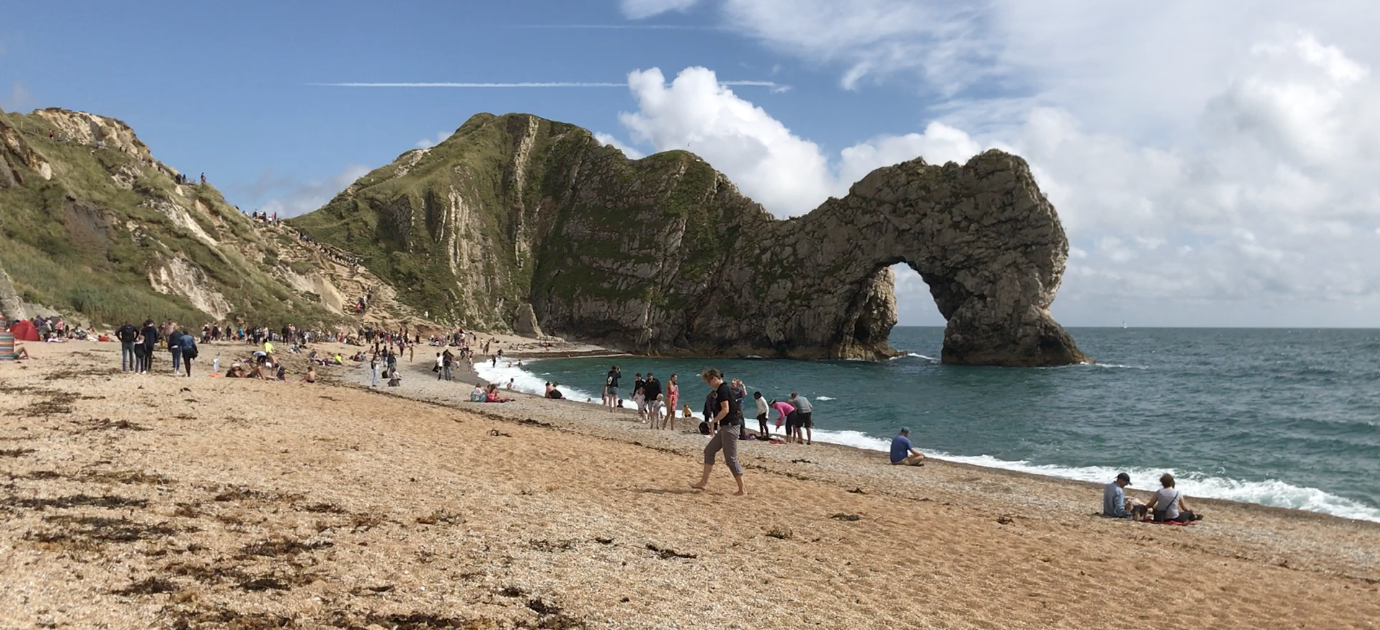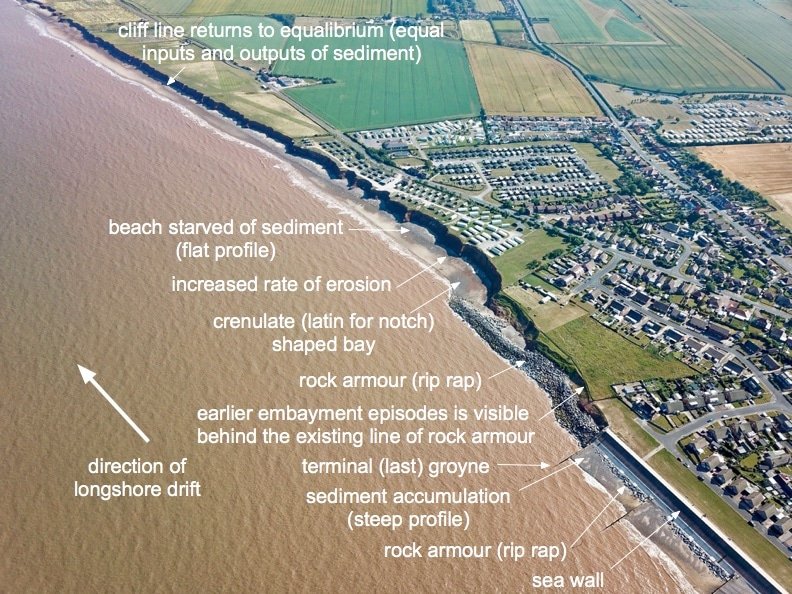Human Activities and the Coast
Around the coast of the UK, there are few stretches that have been left untouched by human activity. Four human activities that affect the coast are:
- development
- agriculture
- industry
- coastal management
The effects of development on the coast
Tourism leads to a crowded coast. The development of tourist facilities, such as hotels and campsites all put pressure on the coast.
The two other types of development that put pressure on coasts are:
- Housing – Many people work who work in large cities such as London can no longer afford housing so some coastal towns and cities offer good alternatives for people who commute. The coast is also popular with people seeking a place to live when they retire. Popular coastal retirement destinations include Scarborough, Blackpool and Bournemouth.
- Office development – High property prices in London also affect companies, therefore some are moving out including the investment bank JP Morgan which moved to new offices in Bournemouth in 2015. Brighton, on the south coast of England, is becoming more popular with younger people as companies and universities expand there.
Each of these puts pressure on coasts that are already crowded.
The effects of agriculture on the coast
Romney Marsh is a wetland area in the counties of Kent and East Sussex in the southeast of England. The marsh provides summer grazing pasture for cattle. The marsh faces two challenges:
- The value of good farmland has risen from £2400 per hectare in 1995 to £30 000 in 2015. Farmers have to use whatever land they can to maximise their income. The demand for extra grazing land has put pressure on wildlife habitats.
- Rising sea levels, caused by climate change are likely to cause flooding by salt water during winter high tides, which may threaten the pastures.
The effects of industry on the coast
Industrial developments dominate coastal environments along some stretches of the UK coast. Gas terminals receiving North Sea gas are located in places such as Easington on the Holderness Coast and Bacton on the Norfolk coast. These facilities are essential to the UK economy. However, these essential developments bring conflict with tourists. The map below shows Bacton, a popular tourist destination, located in the shadow of the gas terminal.
Similar industrial developments have taken place at:
- the Solent (Southampton), the Severn Estuary (Bristol) and the Tees estuary (Middlesborough). These are important oil and chemical refining centres with significant industrial installations
- the Thames estuary, east of London which is important for power stations and shipping
The effects of coastal management on the coast
Coastal management can have a range of impacts on coastal environments. Some hard engineering strategies can cause rates of erosion to increase downdrift of the protected areas. Locations such as Mappleton, Hornsea and Withernsea on the Holderness Coast, which have significant hard engineering solutions, have experienced increased rates of erosion downdrift of defences due to sediment being trapped by groynes. The image below shows the impact of terminal groyne syndrome on Withernsea.
Related Topics
Use the images below to explore related GeoTopics.



